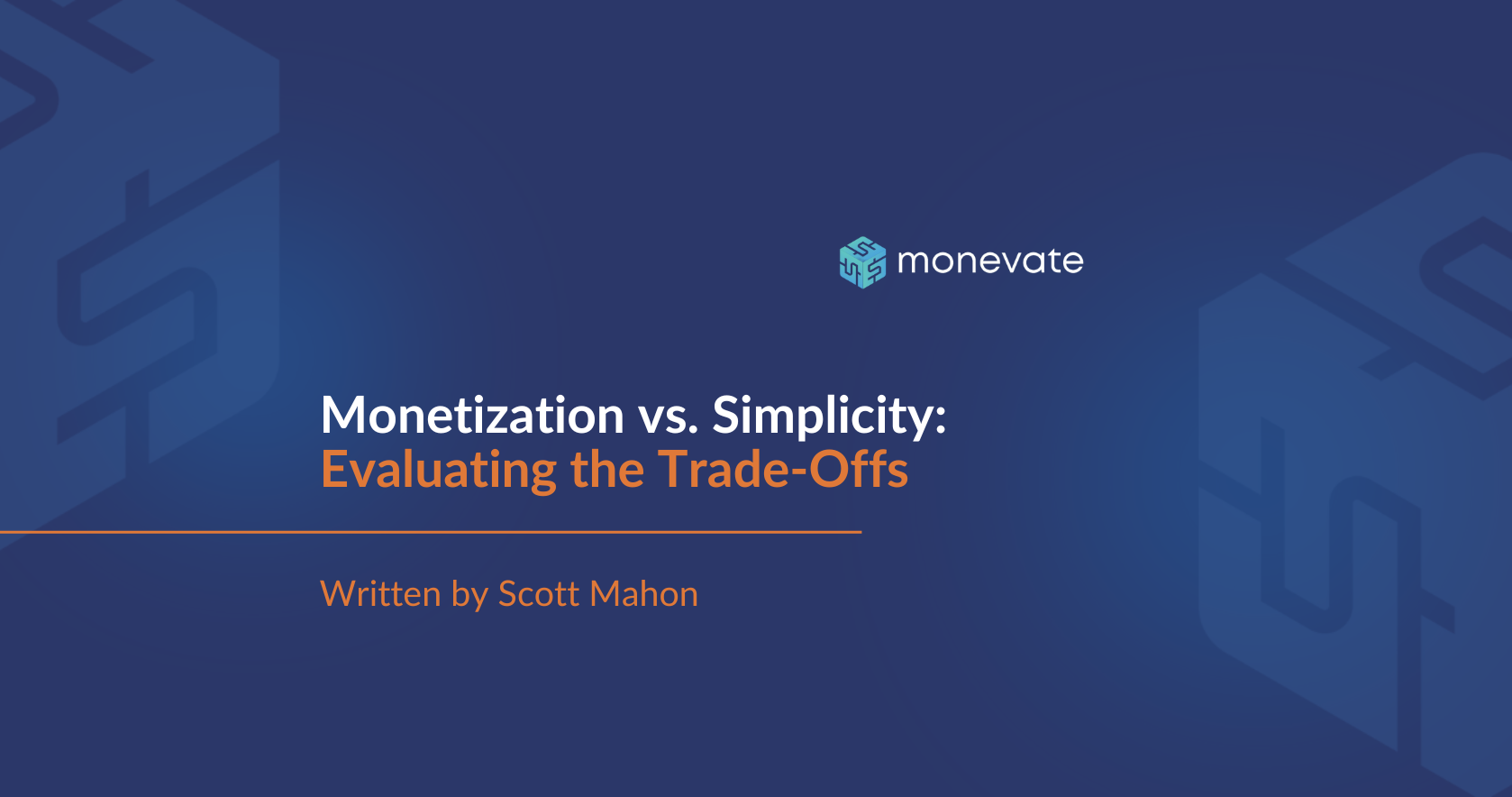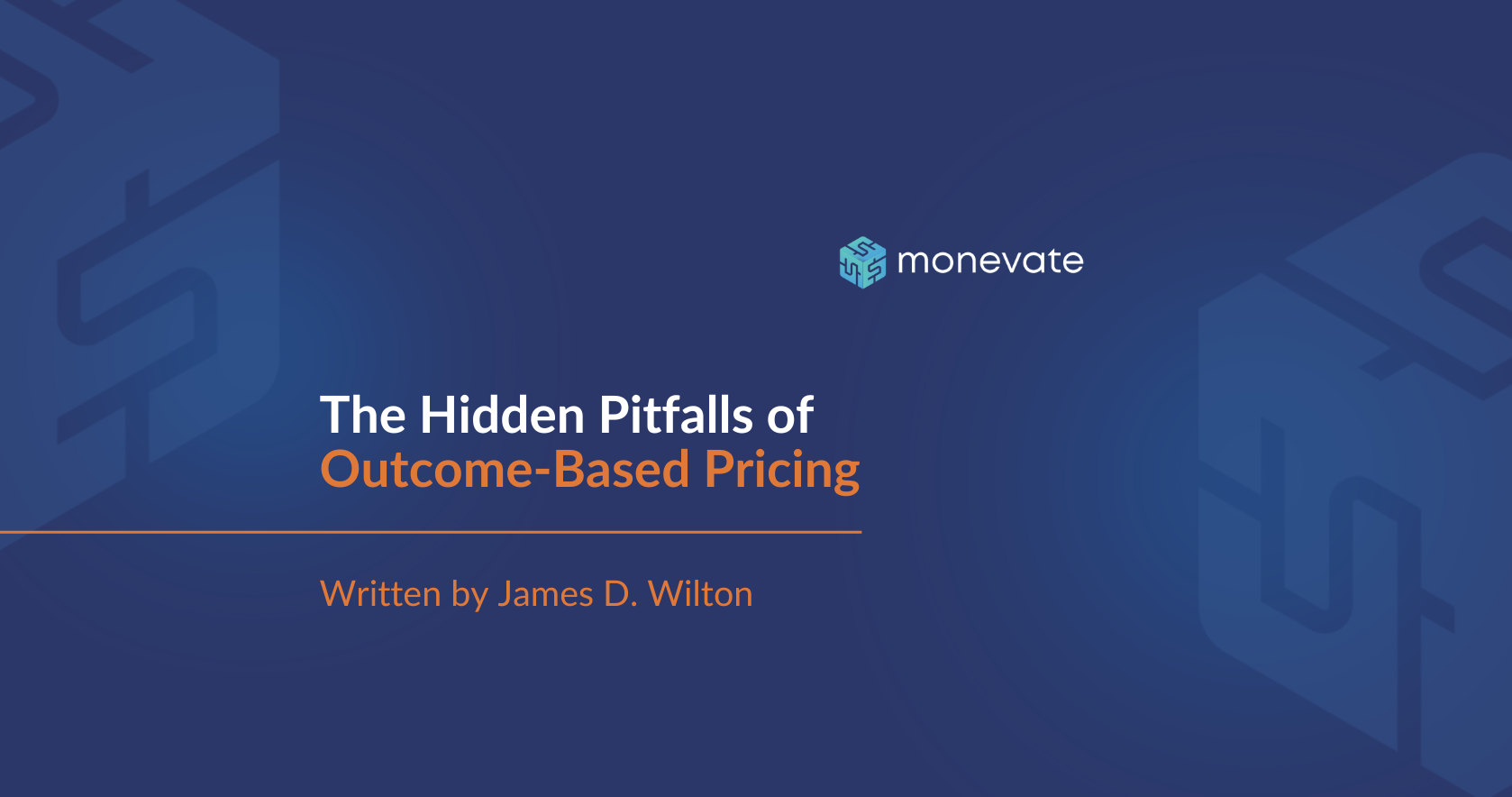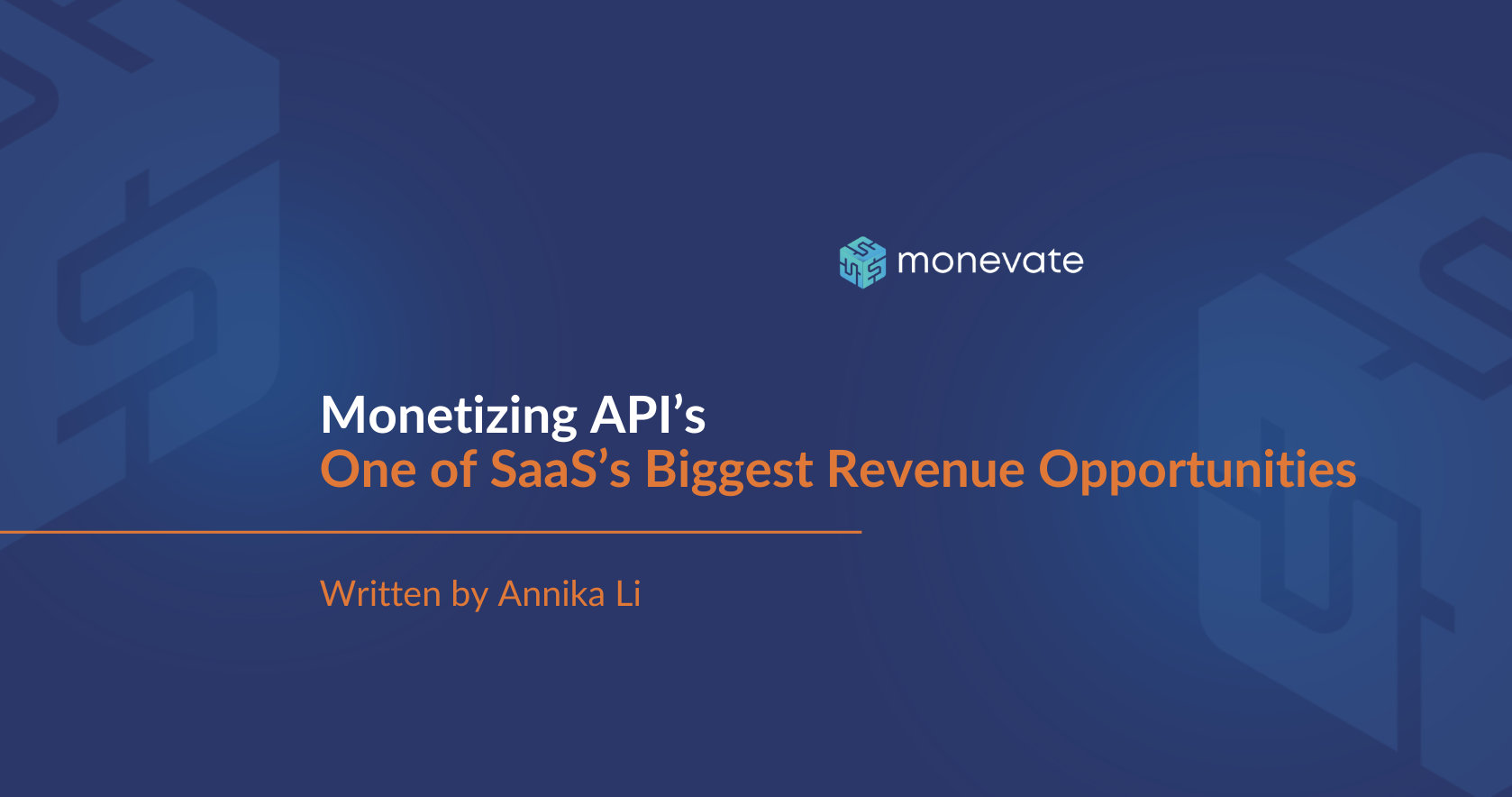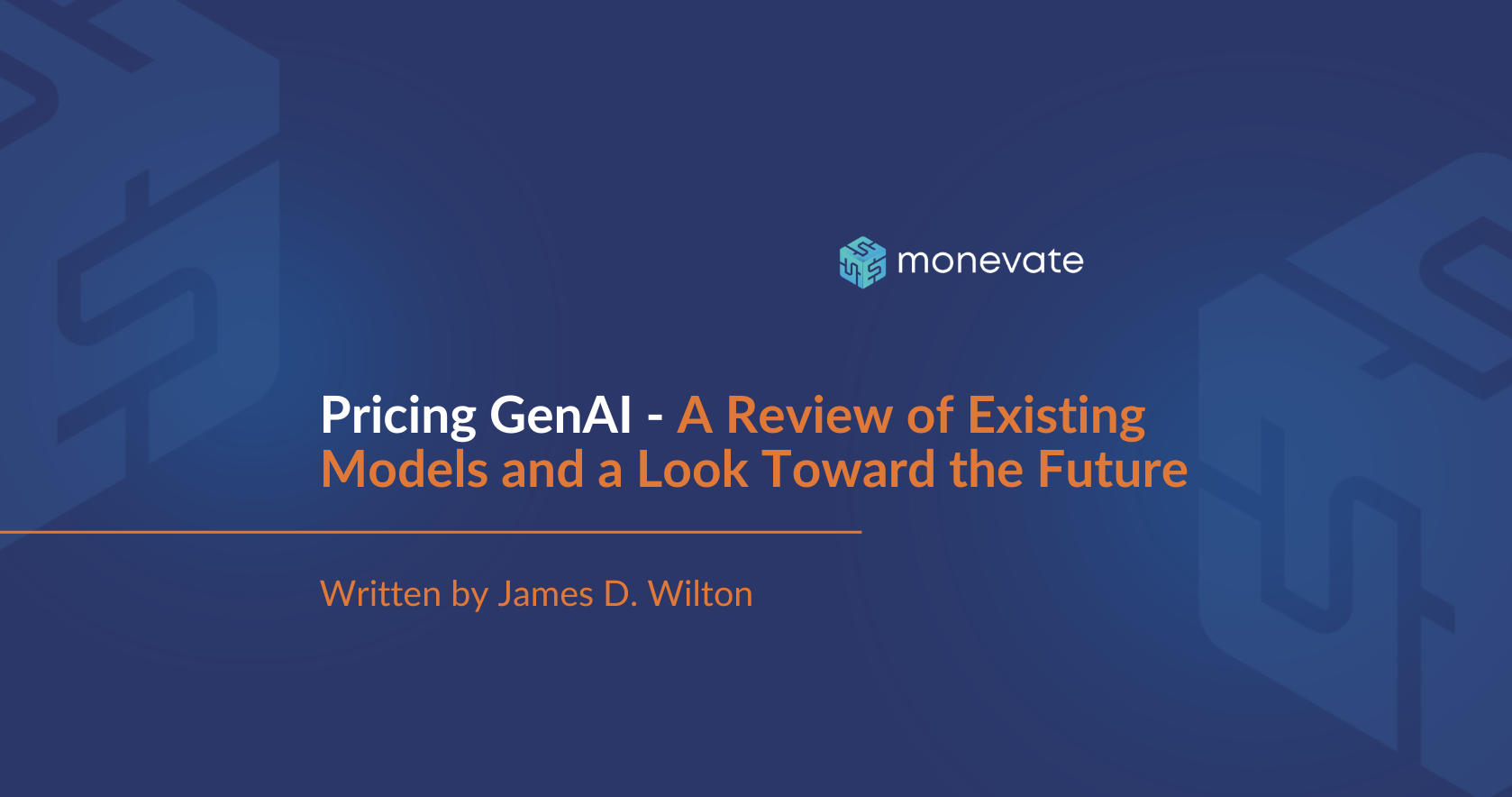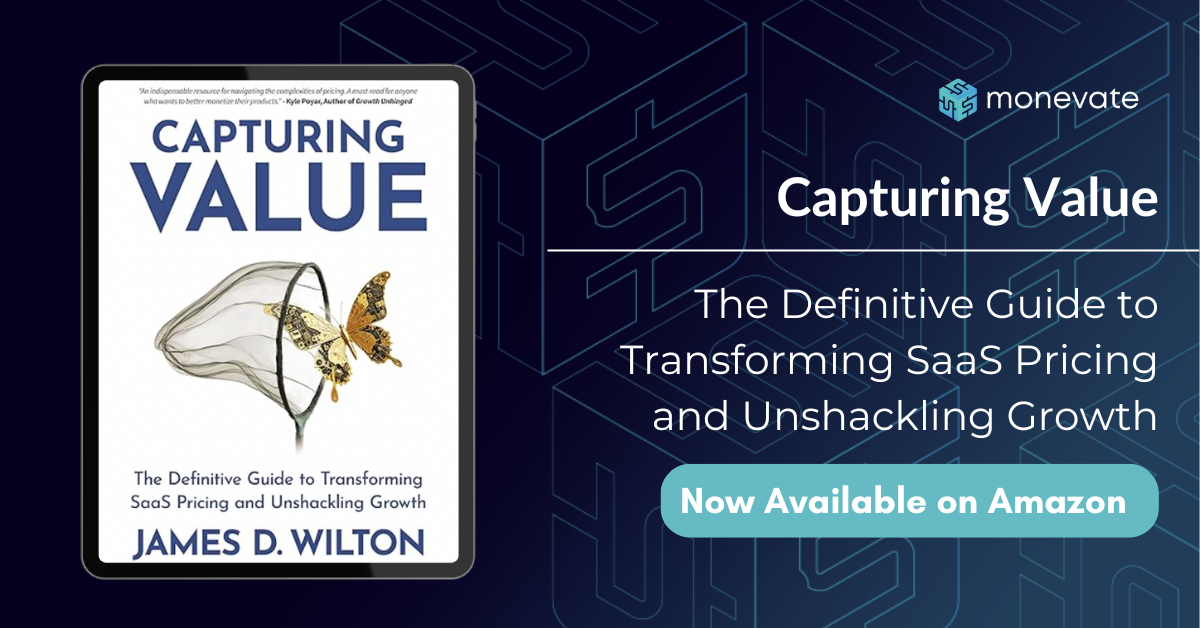Avoid these 4 common B2B SaaS Pricing Mistakes to better capture your value

With the advent of the new year, many SaaS companies have been scrambling to revamp their pricing strategies. Unfortunately, while these companies are usually great at building innovative products that create tons of value for their customers, they often lack the expertise to build a pricing strategy that effectively captures that value.
At Monevate, we’ve worked with over 30 SaaS companies to transform ineffective pricing strategies over the past ~3 years, and we see a lot of commonalities in the errors these types of companies make when designing their pricing. In this article, I’ll walk through 4 of the most pervasive pricing mistakes we’ve seen that hold B2B SaaS products back from achieving their potential.
Mistake #1: Failing to align your pricing to your business objectives
Too often, we hear of companies choosing their pricing strategies because it’s the “norm” in their industry, and all their competitors use it. The implication being that it is the “right” way to price for that segment.
The truth is, there isn’t a correct way to price for an industry or a vertical. While there may be a typical way of pricing in the industry that customers are accustomed to, your ideal pricing strategy is highly dependent on your business objectives. Given your objectives probably differ to those of your competitors, if you are copying your competitors’ pricing strategies, your pricing is not optimized for you.
Let’s consider 2 companies that have the exact same product and market, but different objectives. Company A’s objective is to increase NRR, while Company B’s objective is to maximize profit margins.
To meet their NRR objectives, Company A will likely need lower entry prices and simple upsell pathways based on features or usage to see consistent growth. Company B, on the other hand, will maximize profit margins by setting higher price levels with more granular packaging to monetize every possible source of value (and cost!).
As you can see, while these companies are almost identical, their optimized pricing strategies are VERY different. Therefore, blindly following the pricing conventions in your industry without considering your company’s objectives will likely prevent you from achieving them.
A recent example of a company that used specific pricing decisions to fuel their broader strategic goals is Tesla. I outlined the strategy and decision-making inside Tesla in this article.
Mistake #2: Designing your packaging by what you THINK customers care about
When we interview clients at the start of an engagement, we frequently ask them what features customers want, need, and will be willing to pay more for. Product teams are usually very confident in their answers. However, we then validate these beliefs directly with the customers, and I can’t tell you how many times these conversations paint a very different picture of what drives value for the customer.
Your packaging should be driven by the needs of your customers. Since most companies don’t know exactly what their customers care about most, you’ll likely need to conduct proper market research to determine this. If you design your packaging based purely on assumptions, there’s a good chance your packaging won’t be optimized and will be ineffective at upselling or price differentiating across your customer base.
Simple survey questions can be used to get deep insights on the real purchasing drivers, including categorizing your features as:
- Core – features that many customers value but consider standard. These should be included in base packages.
- Premium – features that a lot of customers will pay extra to get access to. These should be included in higher tiers.
- Niche – features that not many customers value, but those who do would be willing to pay extra for. These make ideal add-ons.
- Ancillary – features that customers don’t see the value in, and shouldn’t be discussed. Using this categorization will help you design an extremely value-aligned packaging approach that will likely increase both adoption and upsell rates.
You can read more about this and some other common packaging mistakes here!
Mistake #3: Building the pricing for NOW, not for TOMORROW
SaaS pricing strategies should hopefully have a lifespan of at least 2-3 years. However, most growing SaaS companies typically launch new features and improve their products all the time. Therefore, if your pricing strategy is only built to monetize the product you have at the time of launch, chances are that it won’t work well for the product 3 years down the line. Pricing strategies should be built sustainably, and that means considering the development roadmap to make sure they are able to capture additional value as new functionality is released.
When redesigning your pricing, you should consider the major features / capabilities you’re likely to release over the next few years and plan for where these features will fit in your new model. Some features may get absorbed into existing tiers, while others may target a new customer segment and require an additional module. Having this level of clarity in advance helps you avoid either under monetizing new functionality or requiring an early packaging redesign that can drain time and resources as well as frustrate your customers.
Mistake #4: Setting list prices too low
Startups, especially in earlier stages, tend to set their prices low when they feel their product isn’t “fully baked”, and/or to gain early traction and build their user base. That’s fine in principle, but it can cause problems when these low prices are achieved by setting the “list” or “sticker” prices at a very low level.
Your list prices are not just prices – they’re a signal of the value you provide. As you get started, low list prices can actually decrease adoption as prospective buyers may assume the product has low value since the list price is so low. Customers that end up adopting get anchored around low initial prices levels and feel that it’s the “fair” amount to pay for the product’s value, even as it grows. Consequently, they may become resistant to the large price increases that the SaaS company may feel are necessary as the product is built out more.
These issues can be avoided if companies set list prices higher to reflect the expected value when more critical functionality is included. In the early stages, discounts can be used to lower the prices and increase adoption without having as large of an impact on value perception. During renewals, customer success teams will have an easier conversation explaining a reduction in the discount than justifying large increases in list prices.
---
Designing a pricing strategy is a daunting task, especially knowing how much is at stake. Avoiding these 4 mistakes (among others) can help innovative SaaS companies build a more effective pricing strategy that captures a fair portion of the value they create. As you explore new pricing and packaging designs in the new year, let your strategy be as carefully crafted as the product it supports.
